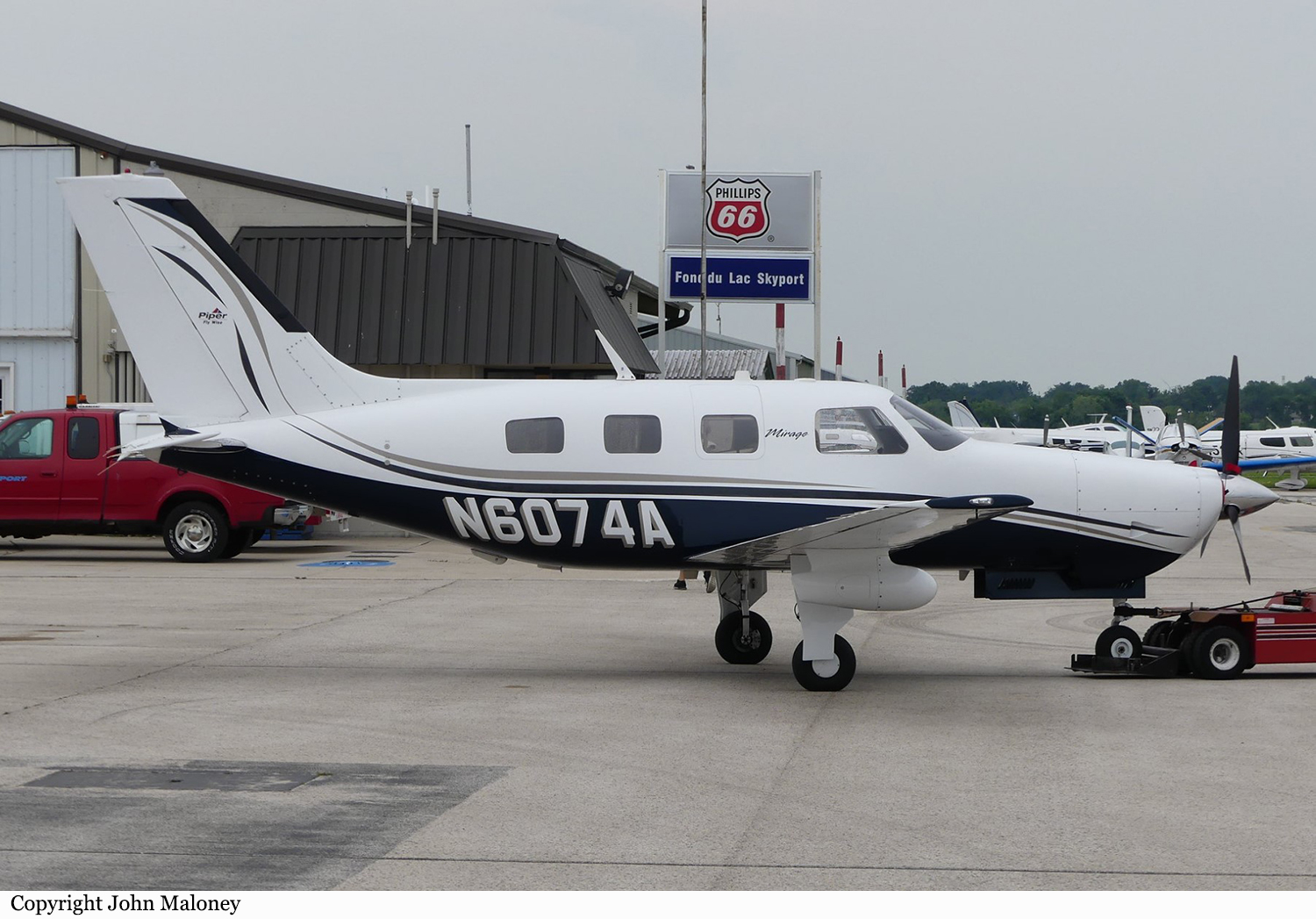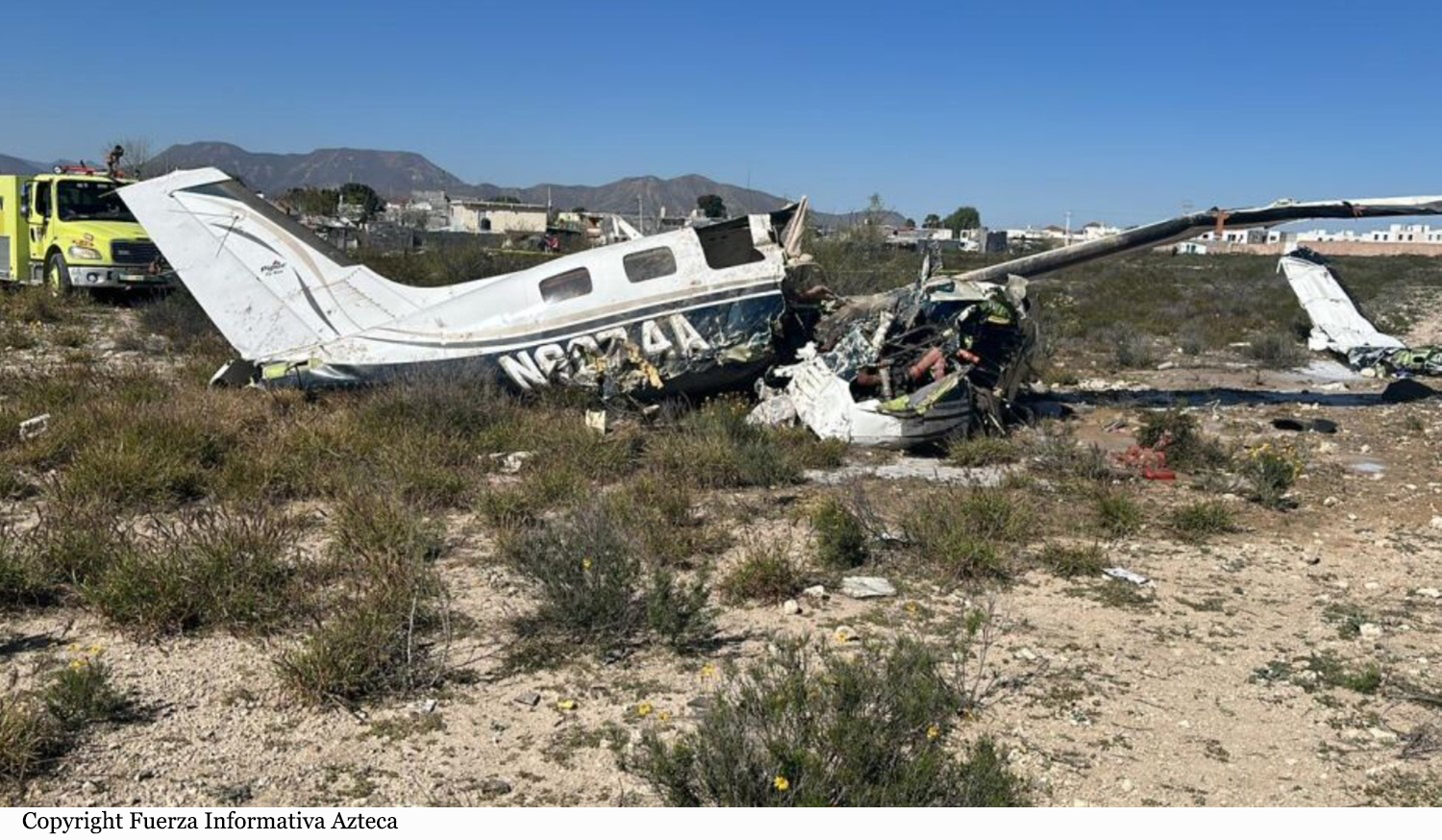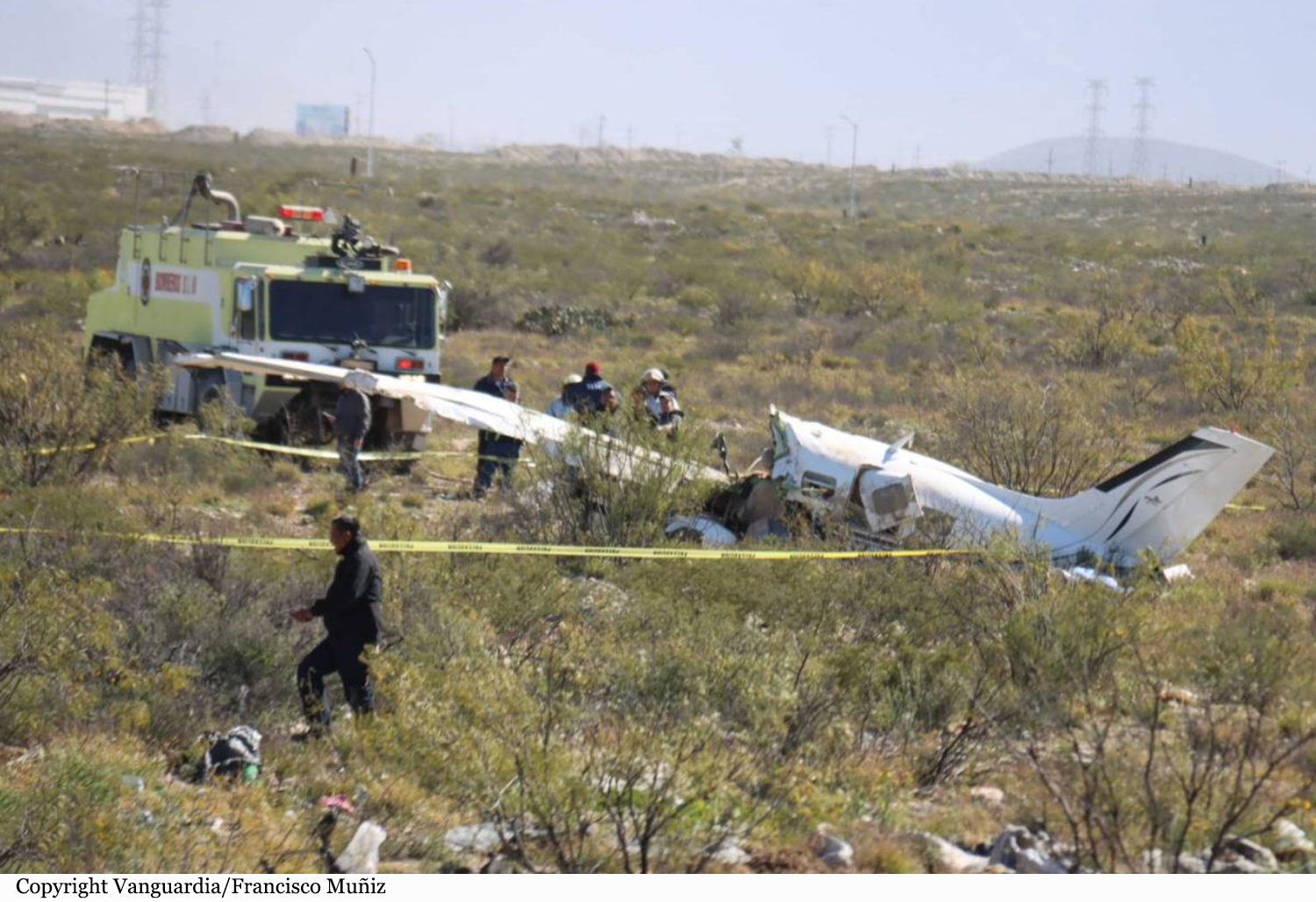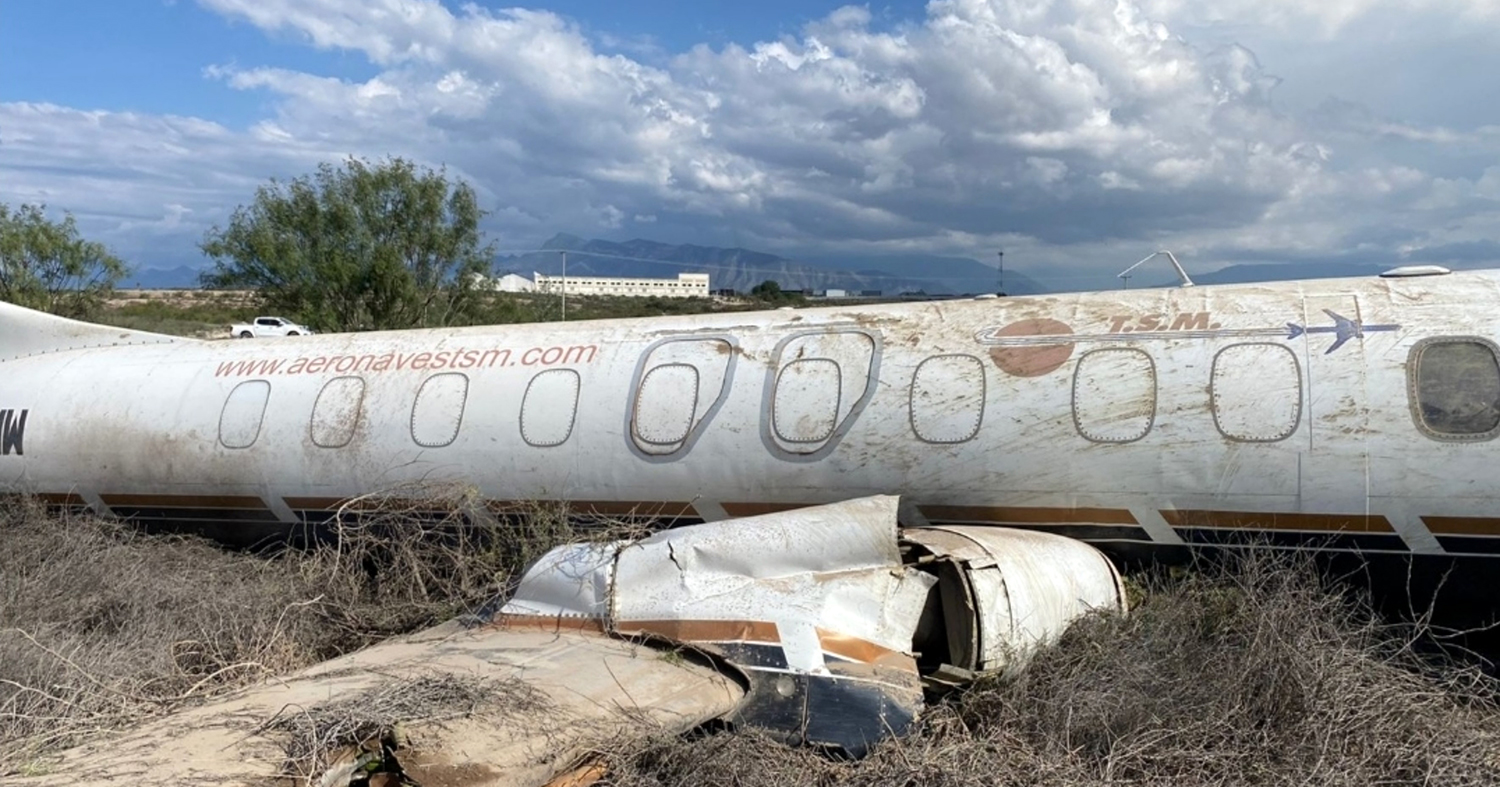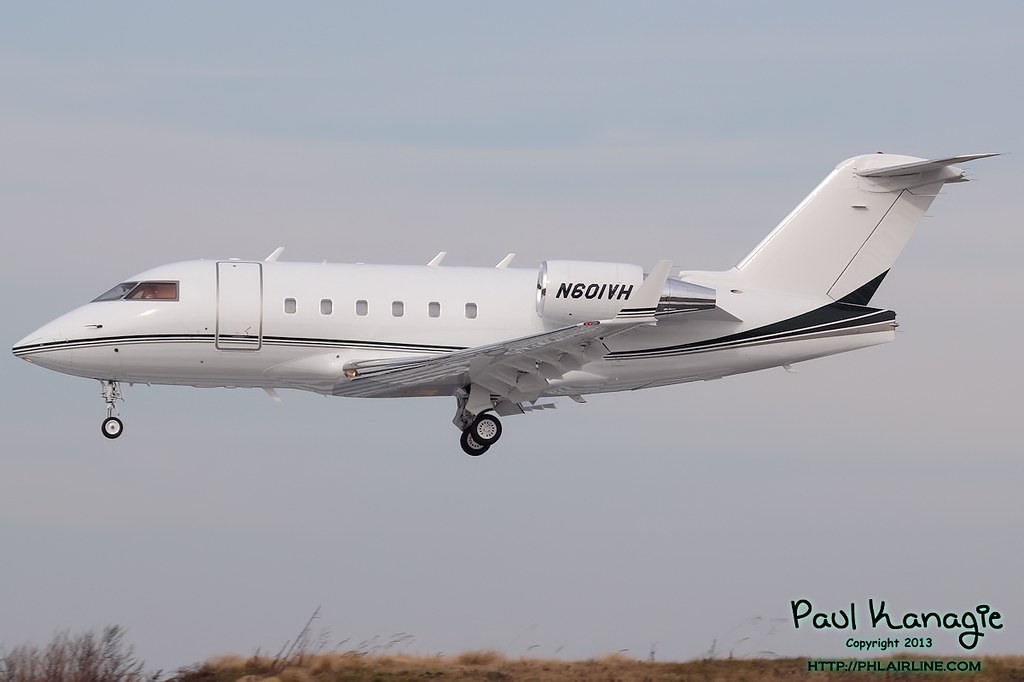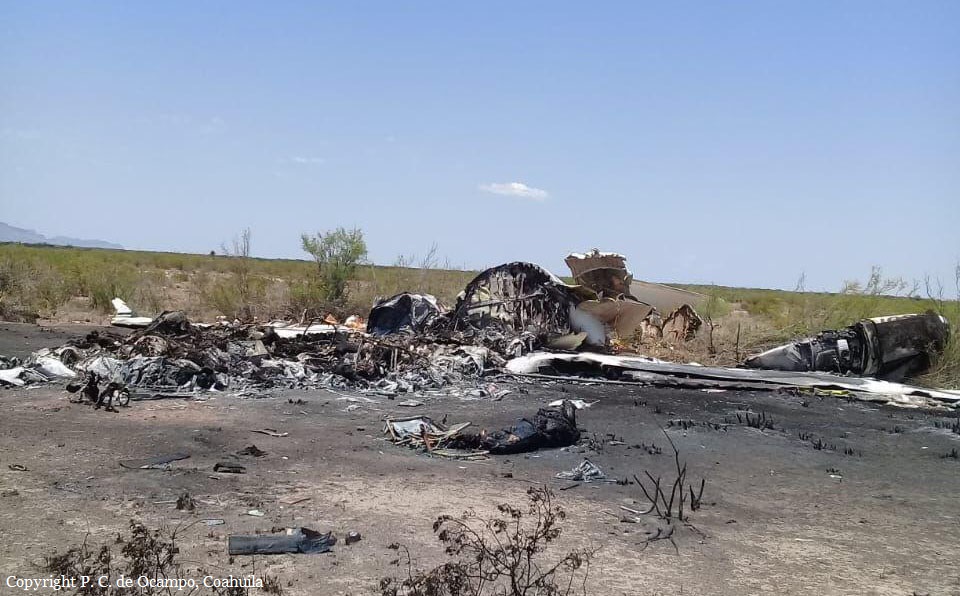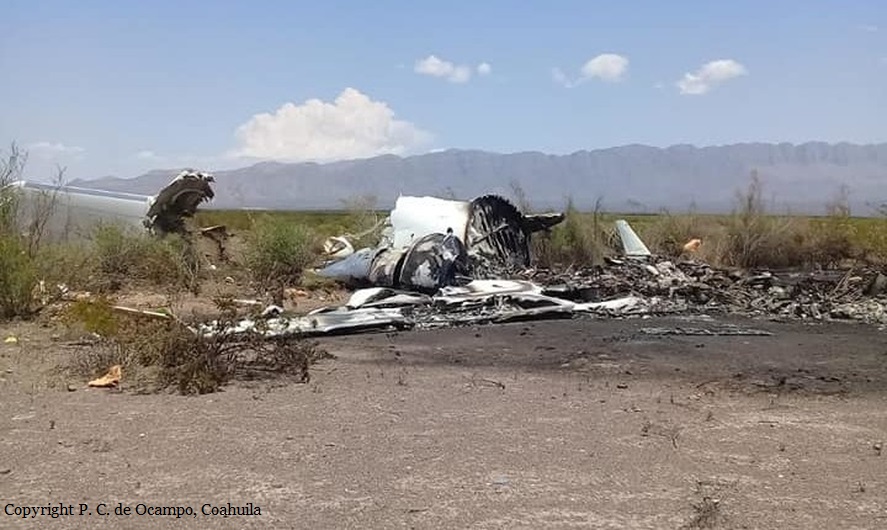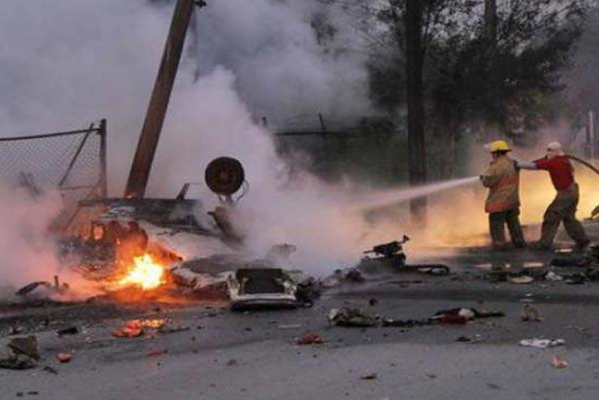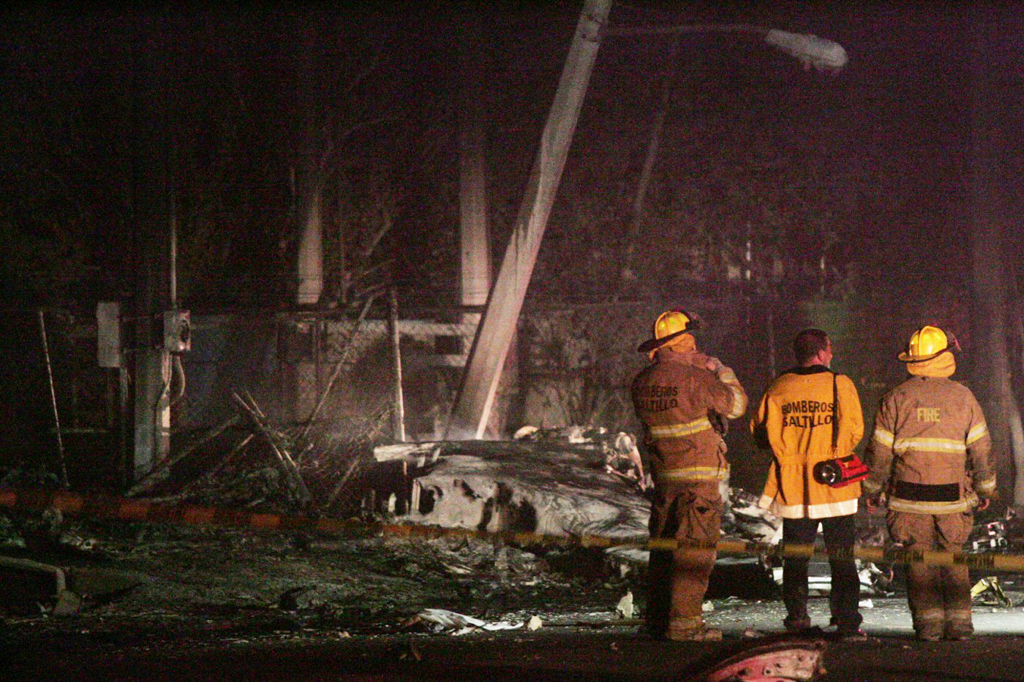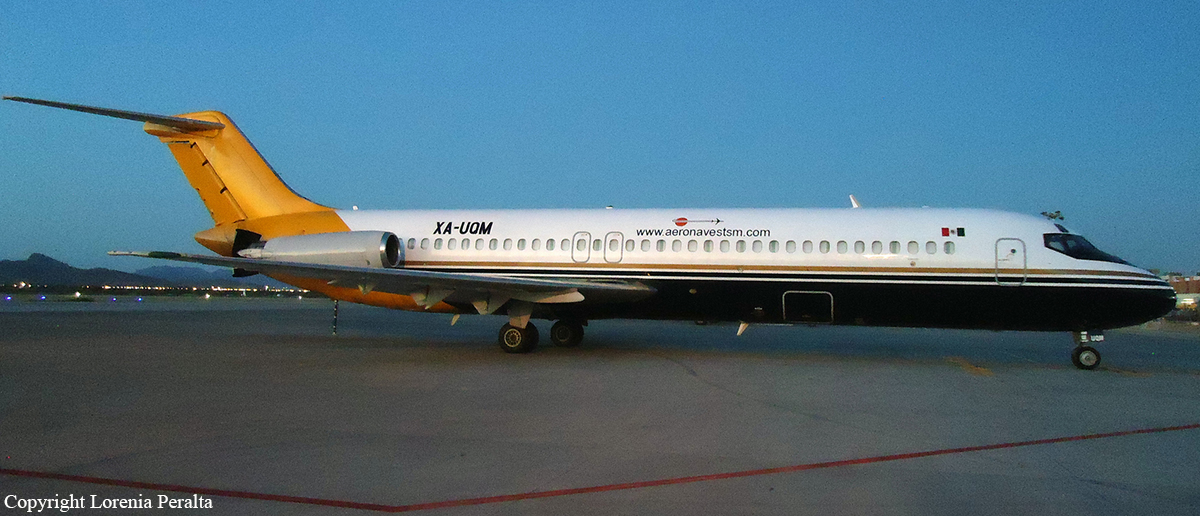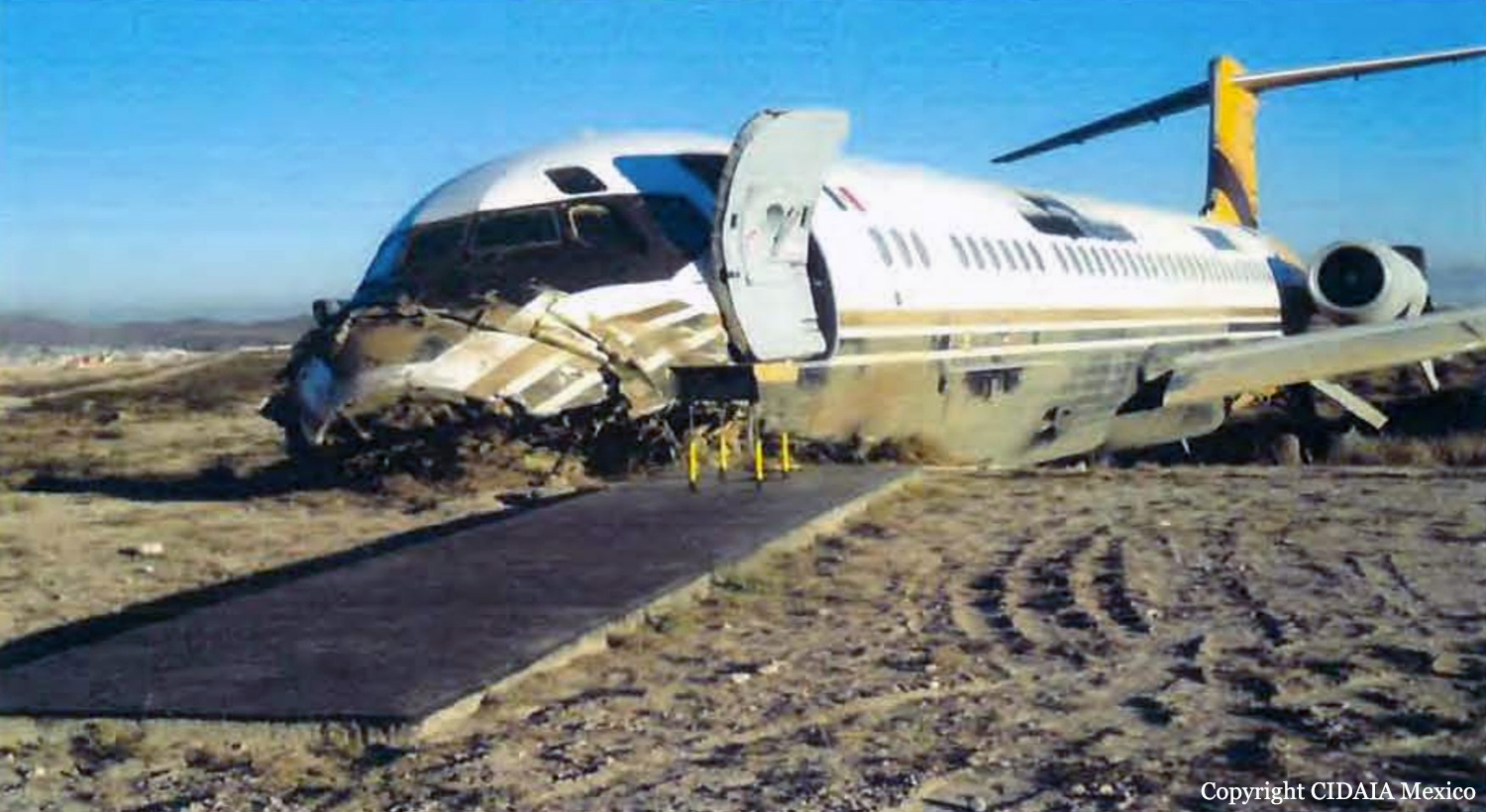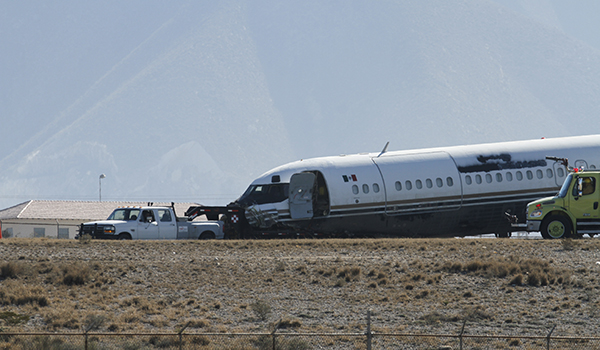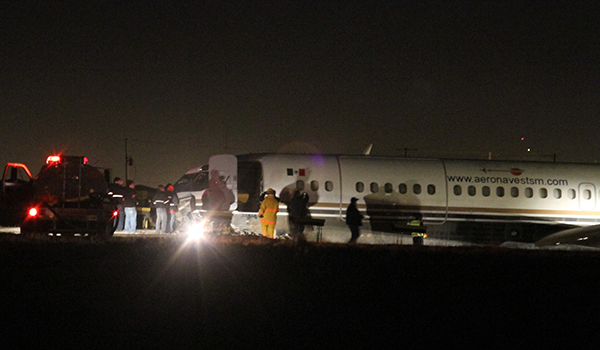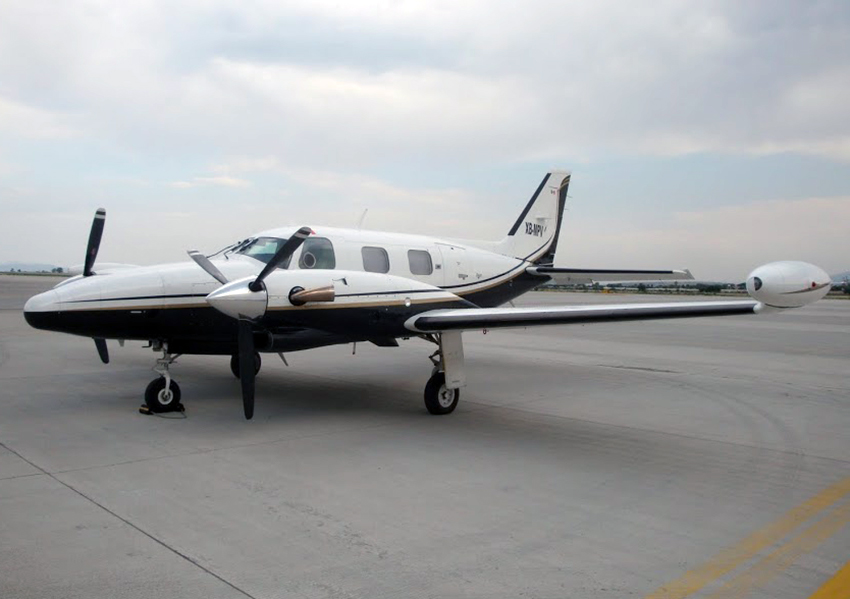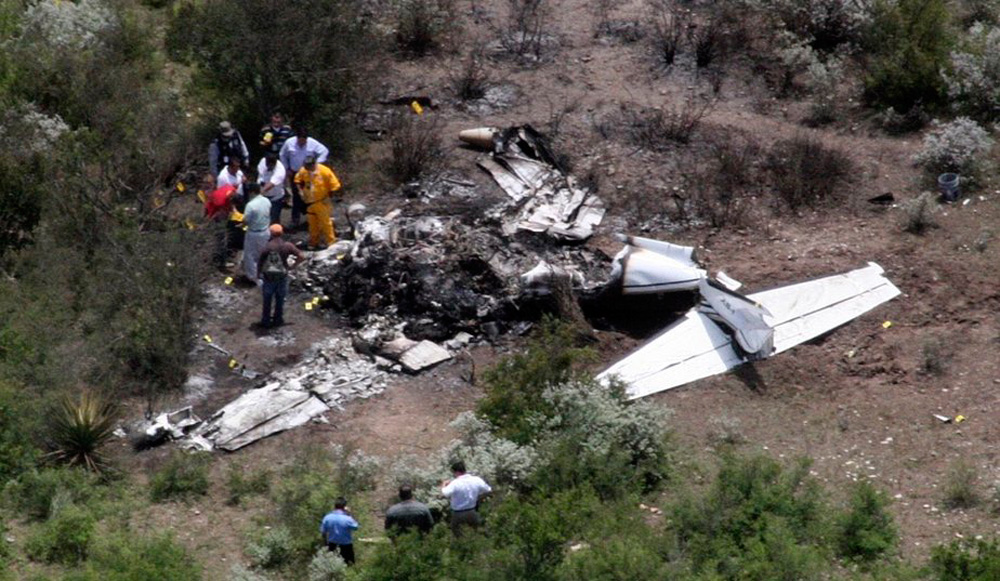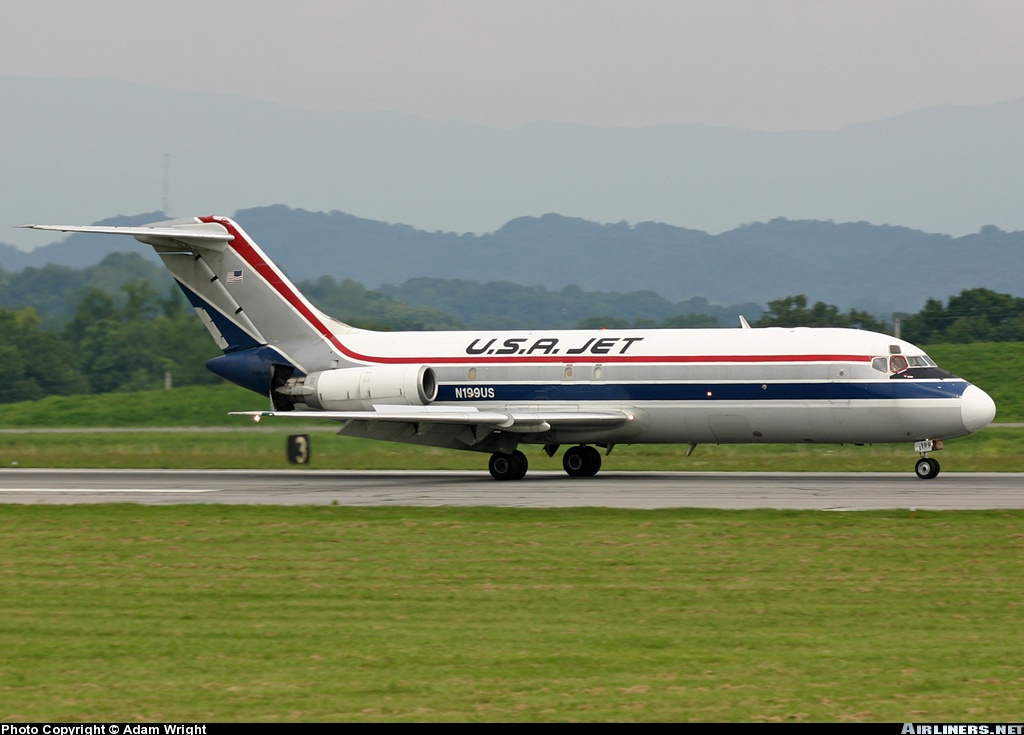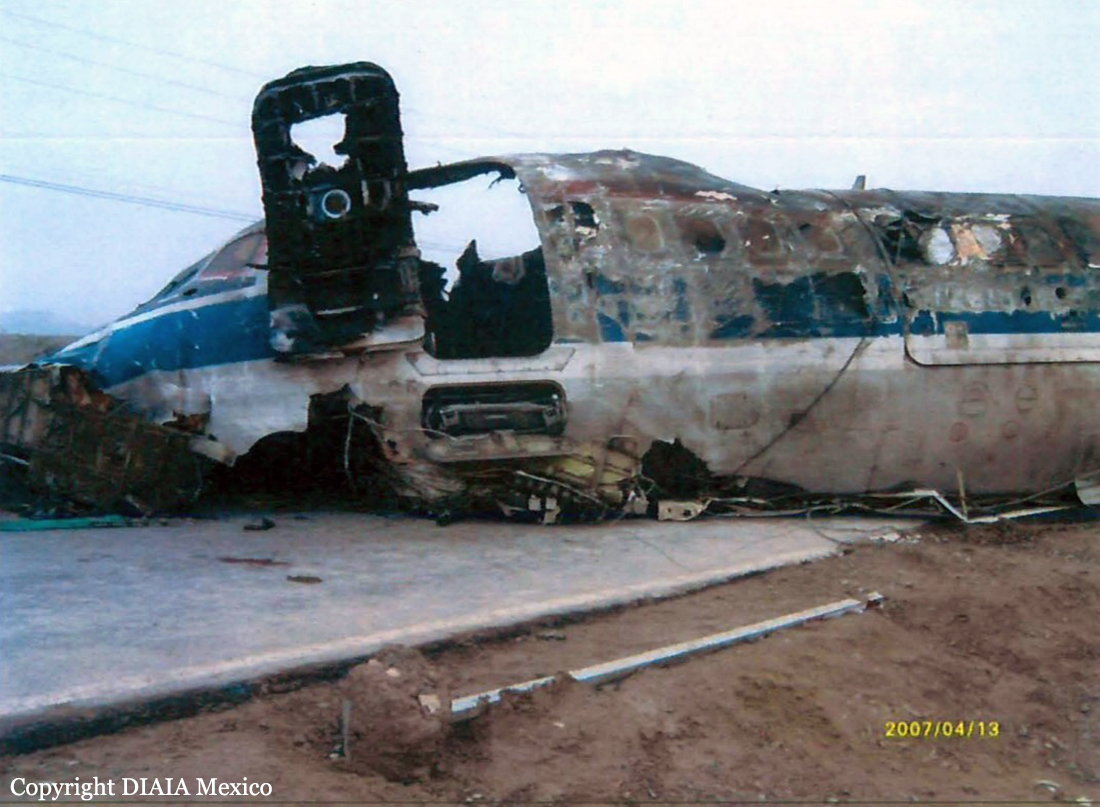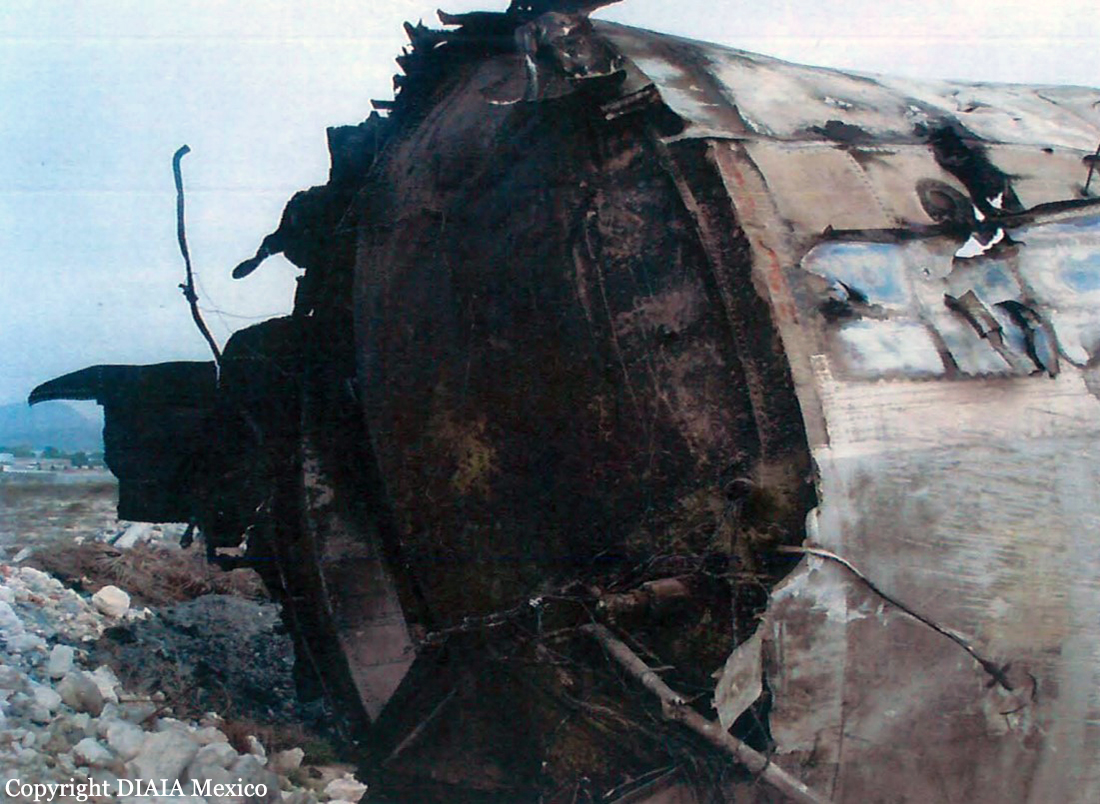Crash of a Piper PA-46-350P Malibu Mirage in Saltillo: 4 killed
Date & Time:
Jan 5, 2024 at 1149 LT
Registration:
N6074A
Survivors:
No
Schedule:
Matamoros - Saltillo
MSN:
46-36451
YOM:
2008
Crew on board:
1
Crew fatalities:
Pax on board:
3
Pax fatalities:
Other fatalities:
Total fatalities:
4
Circumstances:
On final approach to Saltillo-Plan de Guadalupe Airport Runway 35, the single engine airplane entered a sudden left turn, impacted the ground and crashed in an open field. The wreckage was found about 200 metres short of runway threshold. The airplane was destroyed upon impact and all four occupants were killed.
